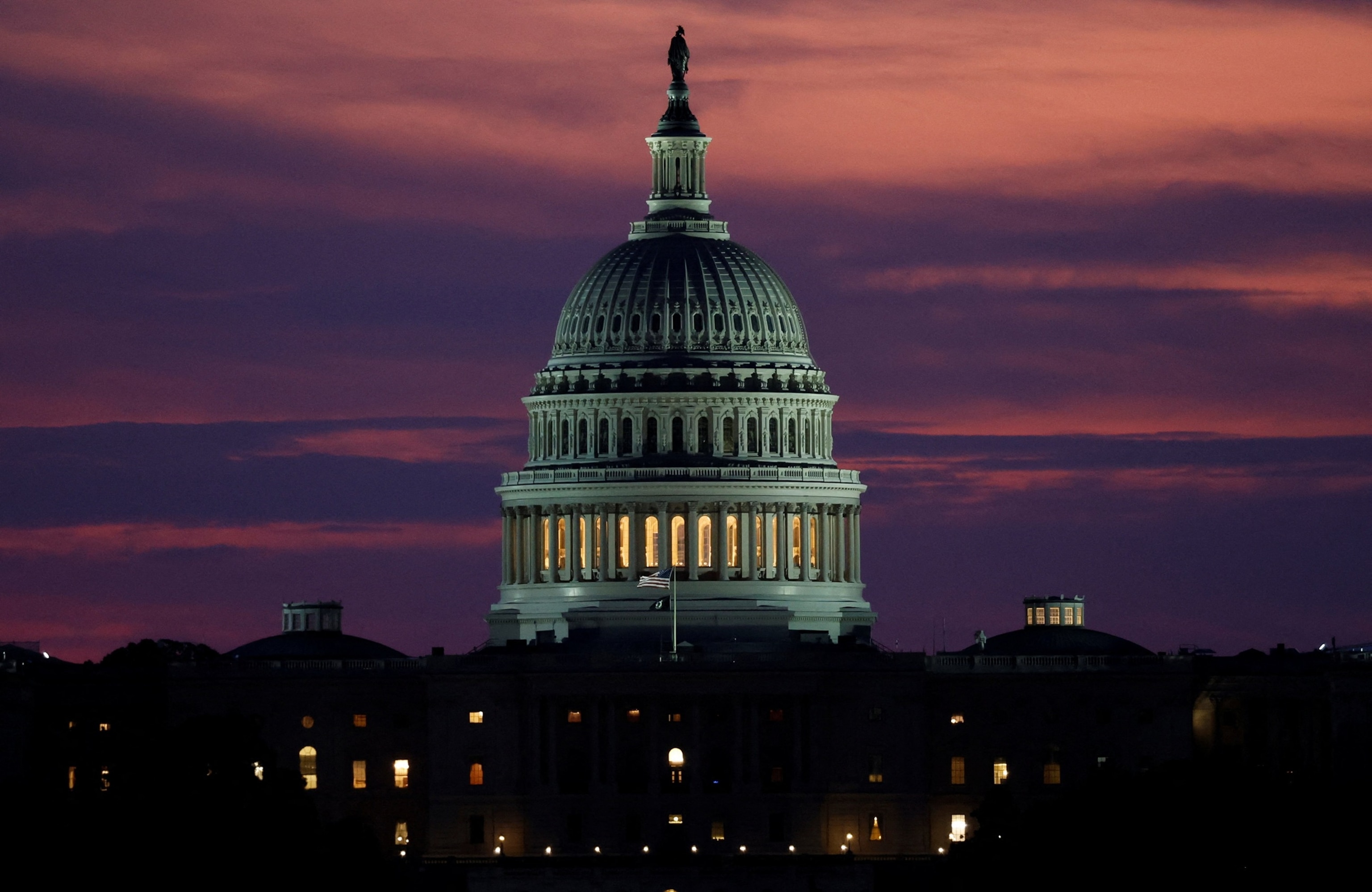Government Shutdown 2025: Essential Guide to Federal Funding Crisis Impact
Government Shutdown 2025: Essential Guide to Federal Funding Crisis Impact
As the United States faces another potential government shutdown, millions of Americans are wondering how this political crisis will affect their daily lives, federal services, and the broader economy. With Congress struggling to pass funding legislation before the September 30 deadline, understanding what a government shutdown means has never been more critical.
Table of Contents

What Is a Government Shutdown?
A government shutdown occurs when Congress fails to pass appropriations bills needed to fund federal agencies before the fiscal year ends on September 30. Without these funding measures or a continuing resolution (CR), non-essential government operations must cease, forcing agencies to furlough employees and halt services.
The shutdown mechanism stems from the 1884 Antideficiency Act, which prohibits federal agencies from spending money without Congressional authorization. Since 1980, when Attorney General Benjamin Civiletti issued strict interpretations of this law, funding gaps have consistently led to shutdowns.
Which Government Services Are Affected?
During a government shutdown, federal agencies classify operations as either "essential" or "non-essential." Essential services continue operating, while non-essential functions stop immediately.
Services That Continue:
- National Security: Military personnel, border protection, and law enforcement
- Public Safety: Air traffic control, emergency response, and federal prisons
- Mandatory Programs: Social Security, Medicare, and Medicaid payments
- Self-Funded Services: U.S. Postal Service operations

Services That Stop:
- National Parks: Visitor services, maintenance, and most facilities
- Federal Agencies: EPA inspections, FDA routine food safety checks
- Research Programs: NIH clinical trials, NASA non-essential projects
- Business Services: Small Business Administration loan processing
Impact on Federal Employees
Government shutdowns severely impact the federal workforce of approximately 2.1 million civilian employees. During shutdowns, workers fall into two categories:
Furloughed Employees: Non-essential workers who cannot work and don't receive pay during the shutdown. In 2013, about 850,000 employees were furloughed, while the 2018-2019 shutdown affected 380,000 workers.
Essential Employees: Workers deemed critical for public safety who must continue working without pay. This includes air traffic controllers, TSA agents, and federal law enforcement officers.
While Congress historically provides back pay to furloughed employees after shutdowns end, the immediate financial hardship creates significant stress for federal workers and their families.

Economic Consequences of Government Shutdowns
Government shutdowns create significant economic damage that extends far beyond federal operations. The Congressional Budget Office estimated that the 35-day 2018-2019 shutdown cost the U.S. economy $11 billion, with $3 billion in permanent losses.
Direct Economic Impacts:
- Reduced Consumer Spending: Federal workers without pay cut household spending
- Business Disruptions: Government contractors face payment delays
- Tourism Losses: National park closures cost millions in visitor revenue
- Market Uncertainty: Investors react negatively to political instability
The longer a shutdown persists, the more severe these economic consequences become, affecting not just government operations but private sector businesses and consumers nationwide.
Historical Government Shutdowns
Since 1976, the United States has experienced numerous funding gaps, with several resulting in significant shutdowns:
- 1995-1996: Two shutdowns totaling 26 days during Clinton presidency over budget disputes
- 2013: 16-day shutdown over Affordable Care Act funding disagreements
- 2018-2019: Record 35-day shutdown over border wall funding disputes
Each shutdown has taught valuable lessons about the importance of bipartisan cooperation and the real-world consequences of political brinkmanship.
Frequently Asked Questions
Will I still receive Social Security during a shutdown?
Yes, Social Security payments continue during shutdowns because they're funded through mandatory spending, not annual appropriations. However, some Social Security services like benefit verification may be limited.
Can the President end a shutdown unilaterally?
No, the President cannot end a shutdown alone. Congress must pass and the President must sign funding legislation to restore government operations.
Do government shutdowns save taxpayer money?
No, shutdowns typically cost more money than keeping the government open due to back pay obligations, lost revenue, and shutdown preparation costs.
How long can a government shutdown last?
There's no legal limit to shutdown duration. The longest shutdown lasted 35 days (2018-2019), though most resolve within days or weeks.

Government shutdowns represent a failure of the political process that creates real hardship for millions of Americans. From federal employees working without pay to families unable to visit national parks, the consequences extend far beyond Washington politics. Understanding these impacts helps citizens make informed decisions and hold elected officials accountable for responsible governance.
Stay informed about this developing situation and share this comprehensive guide with others who need to understand how government shutdowns affect our nation!